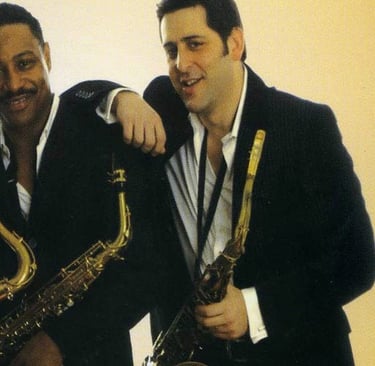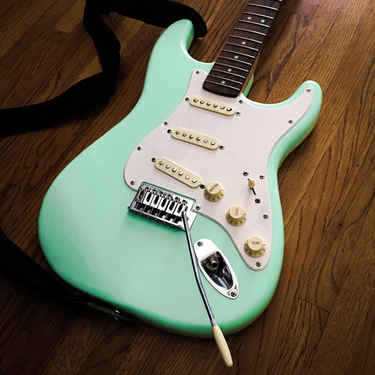Sax Pack is just good musicians having fun
By Jim Dail
8/14/20253 min read


Put together a lineup of music superstars and a question comes to mind: Can these guys share the stage together?
For Jeff Kashiwa, Kim Waters and Steve Cole, who make up The Sax Pack, the answer is yes, and a lot of it has to do with attitude.
“Basically in The Sax Pack we have a theory, a motto, and that is don’t try or think so hard,” Kashiwa said. “It’s got to be a casual approach. When the three of us are together, if there is a lot of stress we stop and regroup.”
The Sax Pack joins Acoustic Alchemy on Saturday at Thornton Winery as part of the 2009 Champagne Jazz Concert Series. Everette Harp will fill in for Kim Waters at the show.
Kashiwa is the mastermind behind the group. After a stint with The Rippingtons, the saxman moved on to a successful solo career that has led to more than 100 shows each year, successful albums and chart-topping singles.
Cole, a native of Chicago, was already a prodigy at a young age, performing as a soloist with the Chicago Symphony Orchestra at the age of 18. After working as a sideman, he went solo and has had nothing but success with each CD.
Kim Waters has been the epitome of urban smooth jazz for years, collecting more than 10 chart-topping hits.
For a group of sax players, it is ironic that the band has a connection to Acoustic Alchemy.
“It all started when we were hanging out watching the Rat Pack movie remake when we were at Humphries in San Diego and we were hanging out with the guys from Acoustic Alchemy and Miles joked that a good name would be the Sax Pack,” he said.
That prompted Kashiwa to run with the idea of a group of sax players. The questions was, who?
“Steve and Kim were the first two guys I could think of who could do it, and we had to have good players,” he said. “I knew we’d get along well, and they both said lets do one show and that was the start.”
For Cole it was a chance to return to what he thought was so good about the past.
“We felt what’s missing in music today are groups that have a chemistry together,” said Cole. “I’m not talking about bands that have revolving doors and change members on a regular basis. I’m talking about those with a plan to work hard to build it as a real continuing show that you can build from year to year.”
That is evident in the fact that the band recently recorded its second CD together, which will be released in September.
The formation of the group is complemented by the differences in techniques employed by the musicians.
“There are definite distinct differences between the way we play,” Kashiwa said. “The differences really add to the sound.”
That sound has been captured on record as well.
“For the recordings we use the very old style of proximity,” Kashiwa said. “We stand around one microphone and you have to move around with the sound in the air if you want to change anything. That chemistry can’t be obtained with a guy sitting alone in a sound booth.”
It’s a sound that has always intrigued Kashiwa.
“The sax chose me. I was playing the clarinet and my dad gave me lessons,” he said. “I did the clarinet through college but in 8th grade I heard a big band practicing and it was so different than what I was playing. Ever since then I’ve been a sax player.”
That’s why Kashiwa, like a lot of jazz artists, is such a proponent of music in schools.
“I’m a big advocate of public school music programs,” he said. “When I was in school Mr. Parks would write out popular songs like “Jesus Christ Superstar” and I got so excited hearing it that I would forget to come in at the point of the song.”
For Kashiwa it was a feeling that never left him and one that he relates back to his music and audience interaction.
“We want people to feel involved,” he said. “People rarely comment to us about the music but rather how good they felt.”
And for the group, emotion is something they definitely want to convey with every song.
“We are very emotional players, and we put high value on emotion,” he said. “There is technique and chops, which are a means to an end. But it’s feeling that makes the difference.”
And the audience can tell what is happening.
“We really are having a lot of fun out there and the audience can pick up on that,” he said. “It’s about making that connection with the audience, and if you are not being real then they will see that.”
